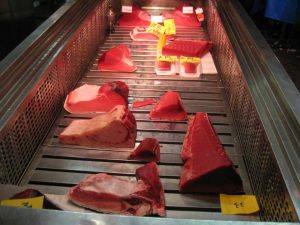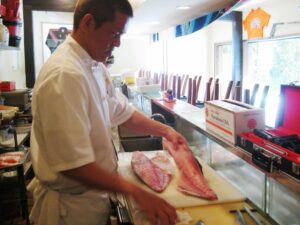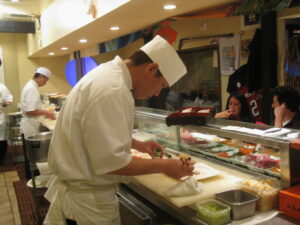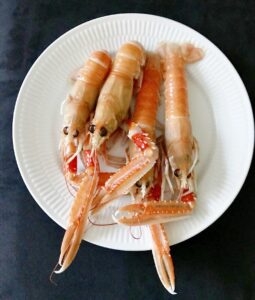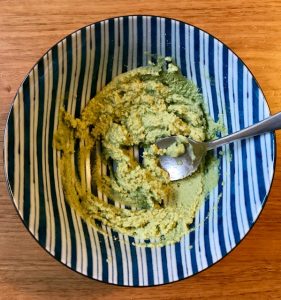
Wasabi became part of a sushi meal several thousand years ago.
Japanese sushi is originally a poor man’s dish. Japan is originally a fishing community.
Many years ago (8th century), many poor fishing families lived along the coasts of Japan. At that time, people did not earn much as a fisherman and it was difficult to feed the family. Most meals consisted of rice and fish.
At that time, the Japanese fishermen did not have a refrigerator either. To ensure that a few of the fish caught in the early morning hours for the family could also stick to be eaten in the evening, wasabi was smeared on the fish slices just before it was to be eaten. Wasabi was smeared on the fish slices to take some of the smell and to kill bacteria.
Since then, the meal has been refined to what we know today. Today, wasabi is used as a kind of spice on sushi pieces. It’s a way for sushi restaurants in Japan season a meal.
Read more about Sushi course for beginners
_
Zoë has lectured and held sushi courses for A. P. Moller – Maersk, Hugo Boss Nordic, Novo Nordisk, Novartis, Velux, Gorrissen Federspiel, Beierholm revision, Elbek & Vejrup and many more.







